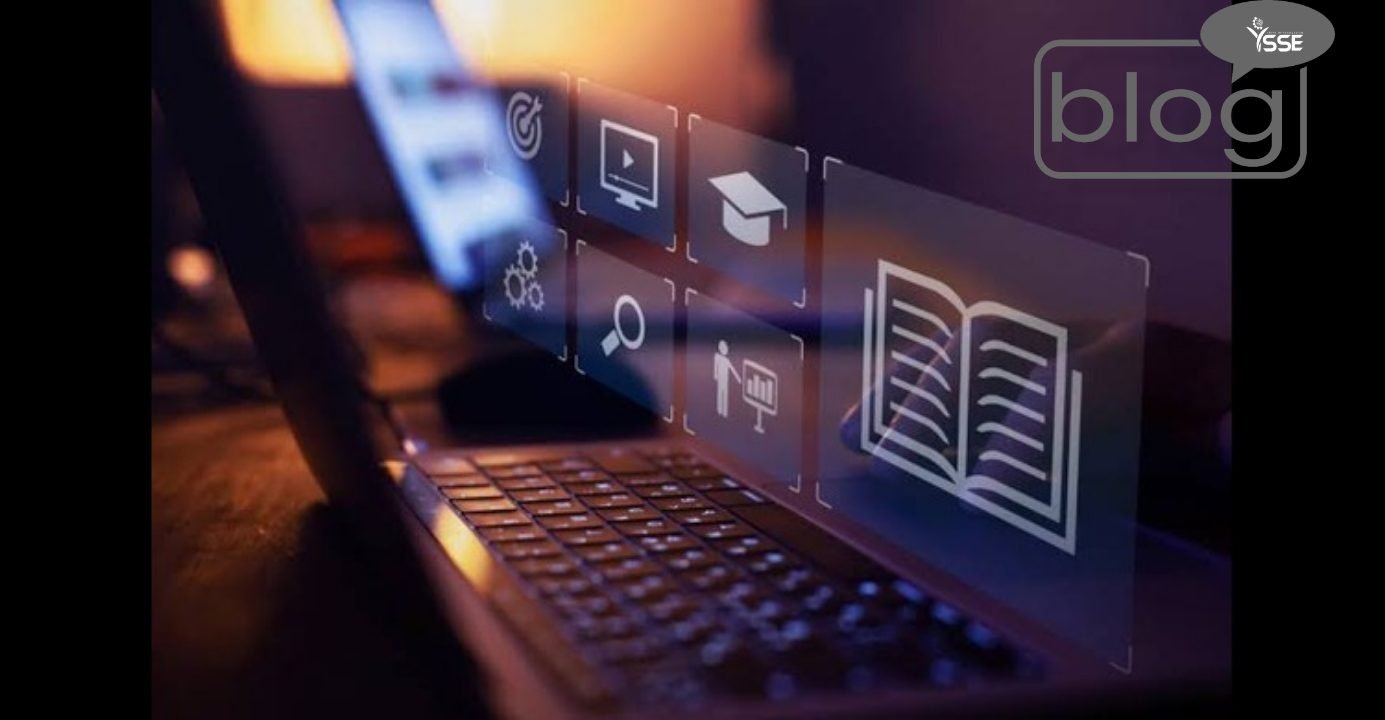Education technology, also called EdTech, has revolutionized how we gain knowledge and educate ourselves. Through harnessing the advancements in EdTech our goal is to enrich learning experiences, expand opportunities and equip students with the skills for today’s digital era. In this blog post we will delve into the realm of EdTech by examining its definition, historical background, primary goals, and benefits. EdTech entails using technology to facilitate and enhance teaching and learning methods.. It encompasses the use of tools, platforms and resources to support endeavors.. From software applications to courses EdTech comprises a diverse range of purpose-built tools and technologies aimed at fostering effective and efficient learning experiences.
The Historical Context of EdTech Development:
EdTech has its roots in the 1900s when educational content started reaching an audience using technologies such as radio and film. As time went on the advent of computers the internet and mobile devices brought about progress in EdTech enabling more personalized and captivating learning experiences.
The Role of EdTech in Education Transformation:
Connecting Traditional and Digital Learning
As resources become increasingly abundant EdTech provides a chance to connect traditional and digital learning methods bridging the gap between them.. By incorporating technology in classrooms educators can create a learning environment that combines the best aspects of both approaches. For instance, students can participate in discussions and collaborative projects while still benefiting from in person interactions with their teachers and peers.
Fostering Collaboration and Engagement in Education
EdTech tools play a role in promoting student collaboration and involvement as they encourage active participation in the learning journey. One example is the use of whiteboards and collaborative platforms which enable students to collaborate on projects, exchange ideas and offer valuable feedback. This does not deepen their comprehension of the topics at hand but also cultivates essential communication and teamwork abilities.
The Potential for Personalized Learning through EdTech
One advantage of technology is its ability to support personalized learning experiences. For instance, adaptive learning platforms can analyze a student’s strengths and weaknesses.. Then provide customized content based on that analysis. This approach guarantees that every student receives instruction, which helps them reach their full learning potential while addressing their specific needs.
Broadening Global Educational Opportunities:
EdTech goes beyond boundaries enabling individuals worldwide to access education. Through platforms and resources students can explore a range of educational materials, connect with experts and peers from around the globe and benefit from a diverse and comprehensive learning experience.
Maximizing Student Progress through Personalized Learning Tools:
Adaptive learning platforms harness the power of data analytics and artificial intelligence algorithms to offer learning experiences. These platforms analyze students’ performance preferences and unique learning styles to tailor content according to their specific needs. Whether it is providing resources for struggling students or presenting challenging assignments for high achievers, adaptive learning platforms strive to unlock each student’s full potential by catering to their individual requirements. The use of learning tools holds great promise in maximizing student progress by accommodating their unique learning needs.
EdTech plays a role in connecting traditional teaching approaches with digital learning environments by offering a variety of tools and innovative solutions.. It fosters collaboration, engagement and prepares students for the demands of age. EdTech has a potential not only in addressing educational inequalities but also in expanding global access to quality education while equipping students with essential skills they need for success. Embracing EdTech goes beyond technological integration; it represents an essential stride towards a more inclusive, engaging, and future ready education system.
to read more blogs,click here
Writer,
Mst Tahrim Rahman
Intern, Content Writing Department,
YSSE

